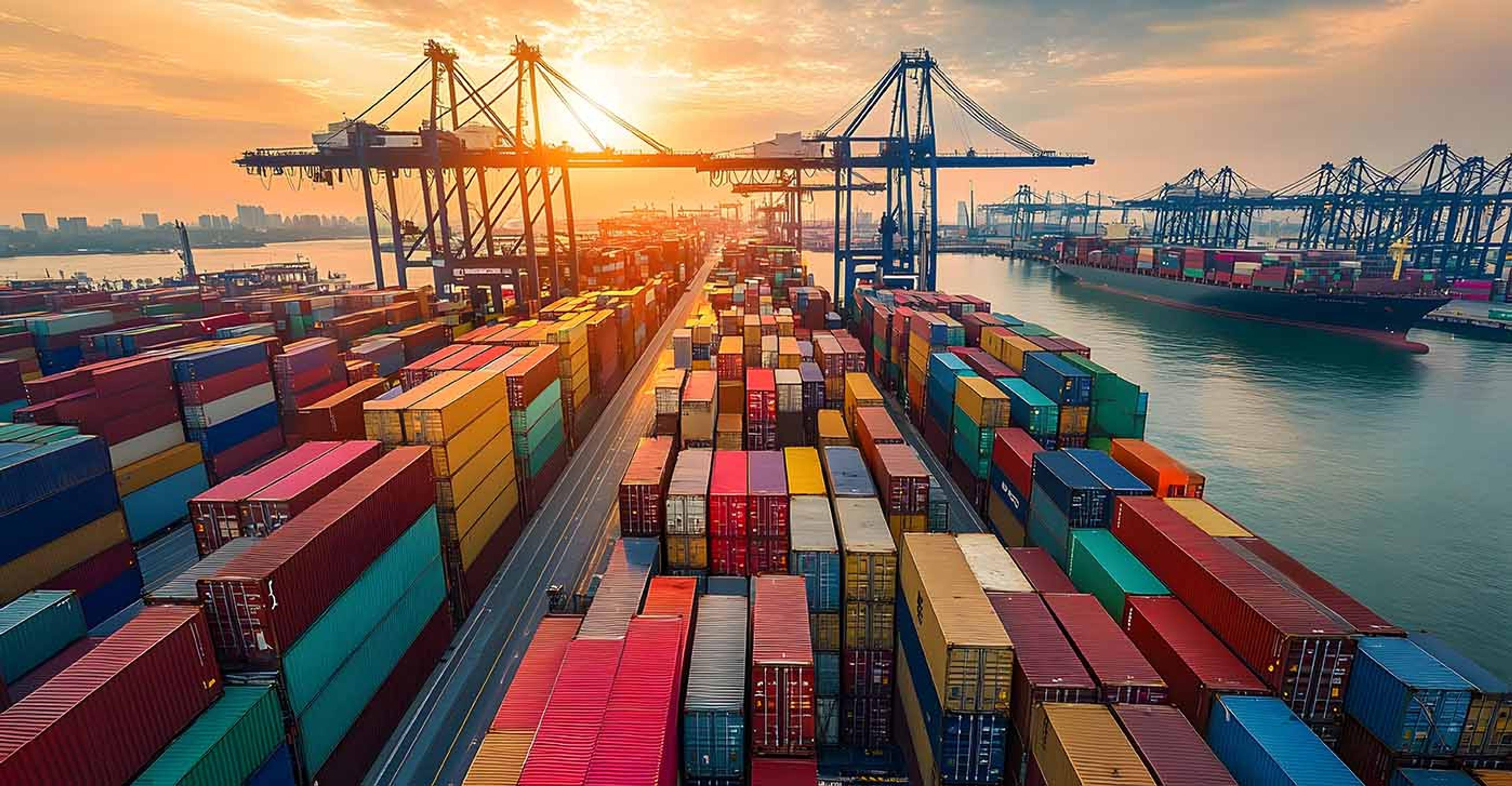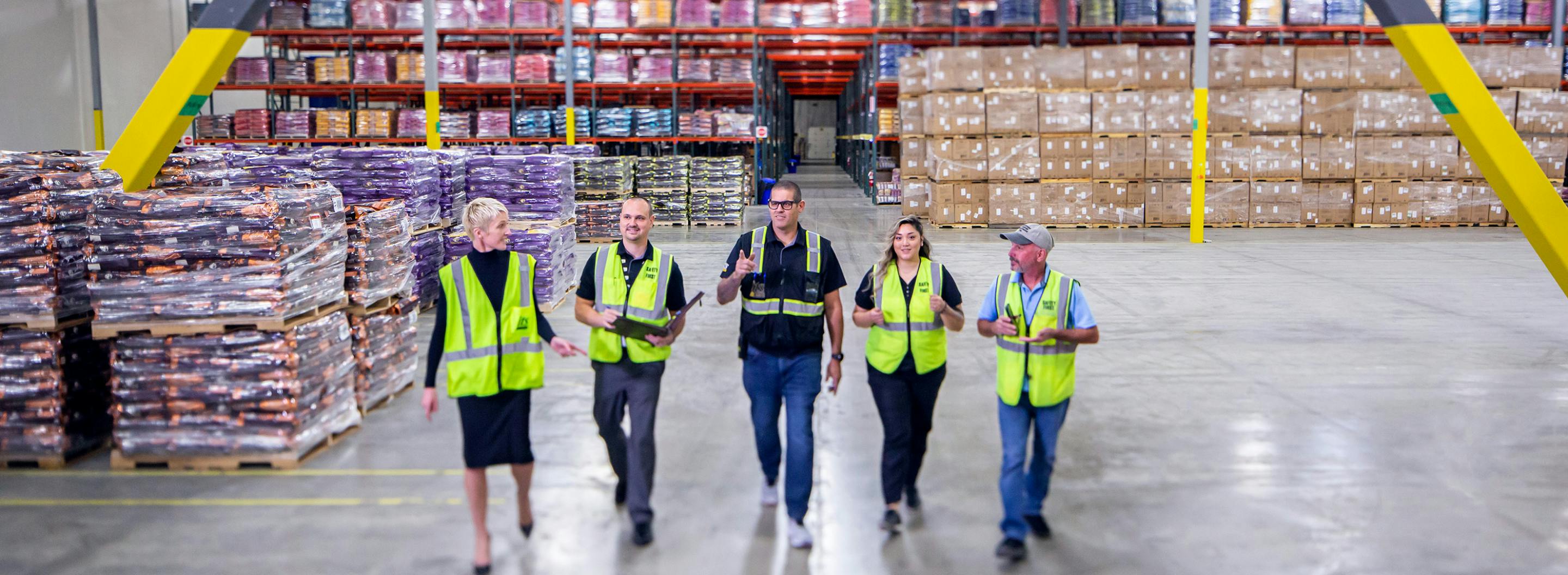IN THE NEWS: Triple Threat—U.S. Importers Brace for Tariffs, Strikes, and Rate Spikes This Lunar New Year

gCaptain
November 11, 2024
Lori Ann LaRocco
FROM THE ARTICLE: U.S. companies importing their spring season products will have to mitigate their exposures against a triple storm front: the possibility of an ILA dockworker strike if Master Contract negotiations with USMX go sour, potential Trump Tariffs, and the likelihood of soaring shipping rates.
If there is a strike after the January 15th negotiation deadline expires, U.S. importers know President Biden will not invoke the Taft-Hartley Act to end the strike. President-elect Trump said during the strike there was understanding and support for the dockworkers. Trump said the dockworkers were being “decimated” by inflation. No information is available on whether President-Elect Trump would invoke Taft-Hartley after he is sworn in on January 20th. The last strike was three days but took weeks to clear out.
The other unknown with the incoming administration is the tariffs. Some believe the tariffs can be used as a negotiation tool with countries, and there are others who think he intends to fully implement them.
Some companies have received calls to get ready for tariff frontloading, but the challenge for shippers is how much product to bring in with a customer who is not buying gangbusters. They do not want to get burned and bring in too much product that sits and collects dust in pricey warehouses.
....
Prioritizing freight and deciding on West Coast/East Coast container ports will be critical. The congestion at the West Coast rails is blaring red according to the ITS Logistics Port Rail Ramp Index.
According to Paul Brashier, Vice President of Global Supply Chain at ITS and author of the index, “Ocean container rail traffic off the U.S. West Coast continues to be problematic as the rail infrastructure is not able to keep up with additional volumes coming into Seattle and Los Angeles. While ramp operations throughout the U.S. rail infrastructure are running smoothly, the additional dwell time at U.S. entry, coupled with earlier issues getting capacity at origin in Asia, is forcing many to dray-off, transload, and one-way truck goods further east into their supply chains.”



